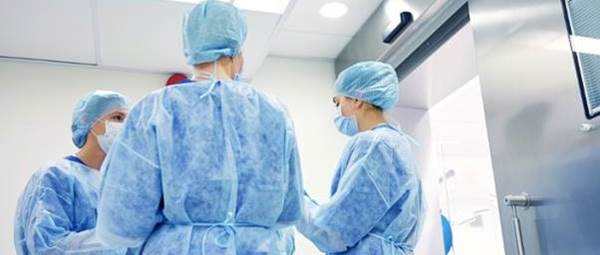Warning signs after a liver transplant
What to watch out for after a liver transplant and when to seek medical advice
Key points
- Common issues you might experience are rejection, infection and bile duct complications
- Problems are often first detected through blood tests or routine biopsies at your clinic appointments
- Make sure you attend all your scheduled appointments so your transplant team can monitor your progress
When to seek medical advice
Please contact your transplant team if you experience any of the following:
- A high temperature of 38 degrees C or above
- Jaundice (yellowing of the skin or eyes)
- Pain in your abdomen (tummy)
- Feeling hot and shivery
- Severe headache
- Diarrhoea
- Vomiting
- Shortness of breath
- New chest pain
- Fatigue or generally feeling ‘rough’
- Little or no urine
Make sure you attend all your clinic appointments
Often early signs of liver rejection are picked up through blood tests at your regular clinic visits. This is why it’s so important to attend all your appointments.
Rejection
Rejection is your body’s response to having a transplanted liver. The immunosuppressant medicines will help to stop you rejecting the organ. But many transplant patients still experience rejection. This is usually mild and can be treated with different medications.
Infection
Infections are very common immediately after surgery. Infections can also occur in the months or years after a transplant. This is partly due to the immunosuppressant medicines that lower your immune system. Chest and urinary infections are the most common infections and can be treated with antibiotics and antivirals. Serious infections are rare.
Bile duct problems
Bile duct are small ‘drainage pipes’ that run throughout your liver. They carry digestive juices (bile) from your liver to your gall bladder and small intestine. Around 15-20 in 100 patients develop bile duct complications after a liver transplant.


